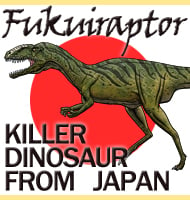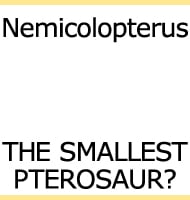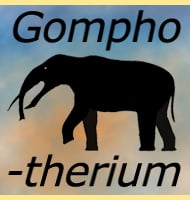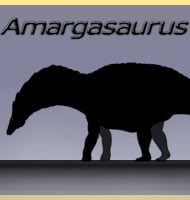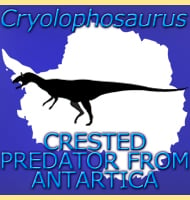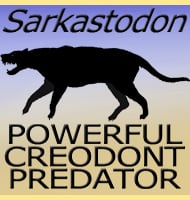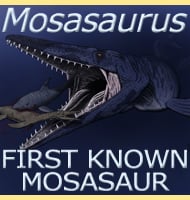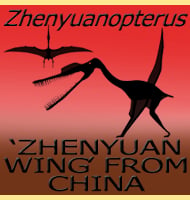In Depth
Initially shelved for not being diagnostic enough, Unescoceratops was finally named in 2012. The name is derived from UNESCO, the United Nations Educational, Scientific and Cultural Organization. Unescoceratops is particularly noted for having some of the roundest teeth of all known leptoceratopsian dinosaurs. The paper that described Unescoceratops also including the description of another leptoceratopsid called Gryphoceratops.
Further Reading
Further reading- New leptoceratopsids from the Upper Cretaceous of Alberta, Canada. – Cretaceous Research 35(1):69-80. – M. J. Ryan, D. C. Evans, P. J. Currie, C. M. Brown & D. Brinkman – 2012.

